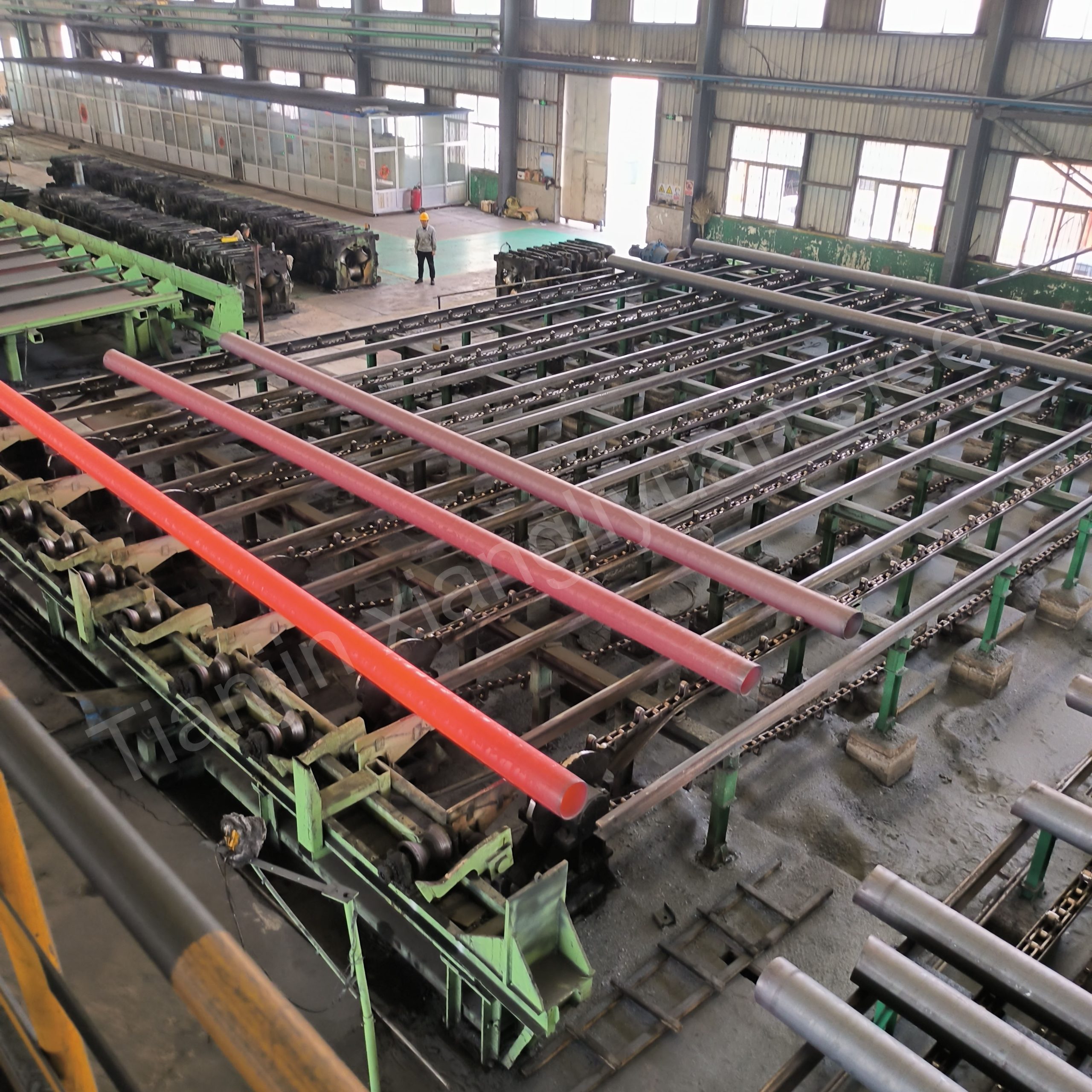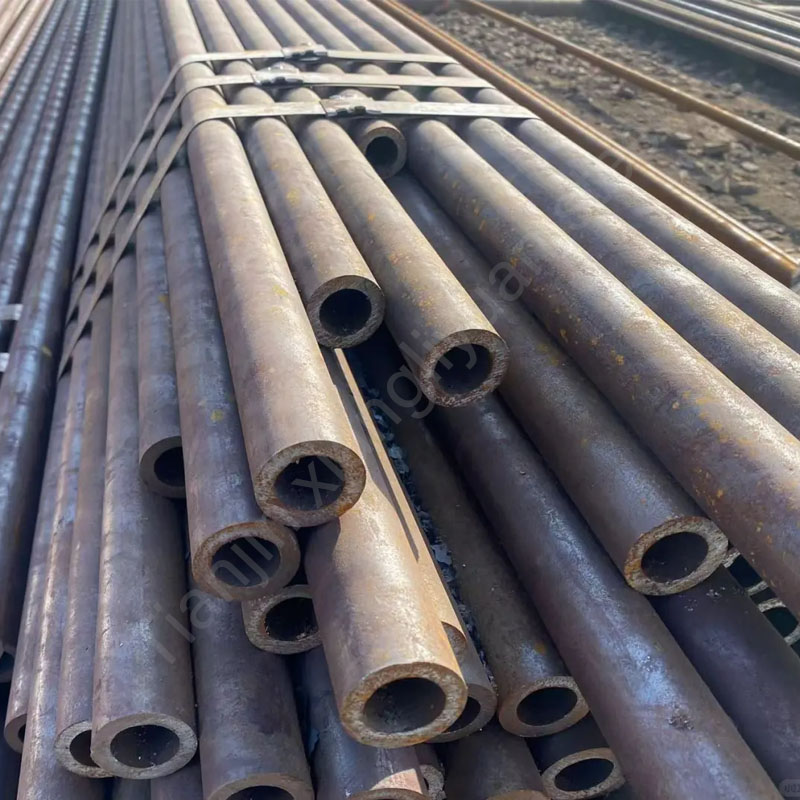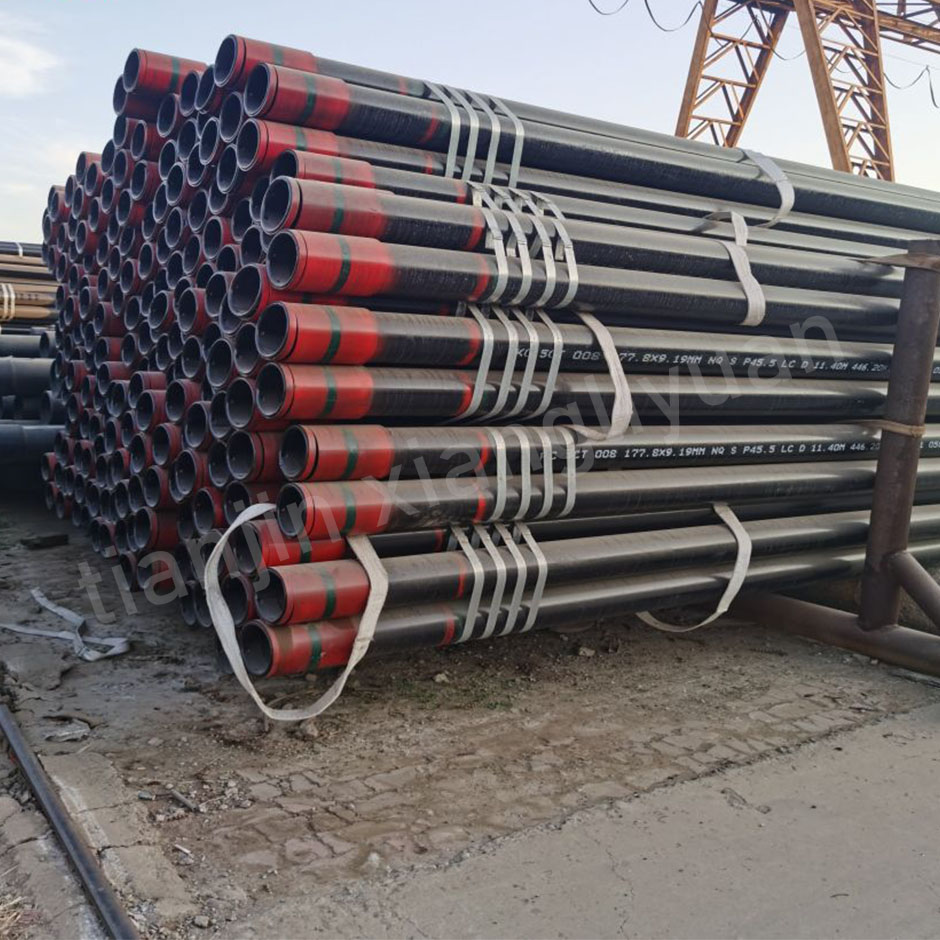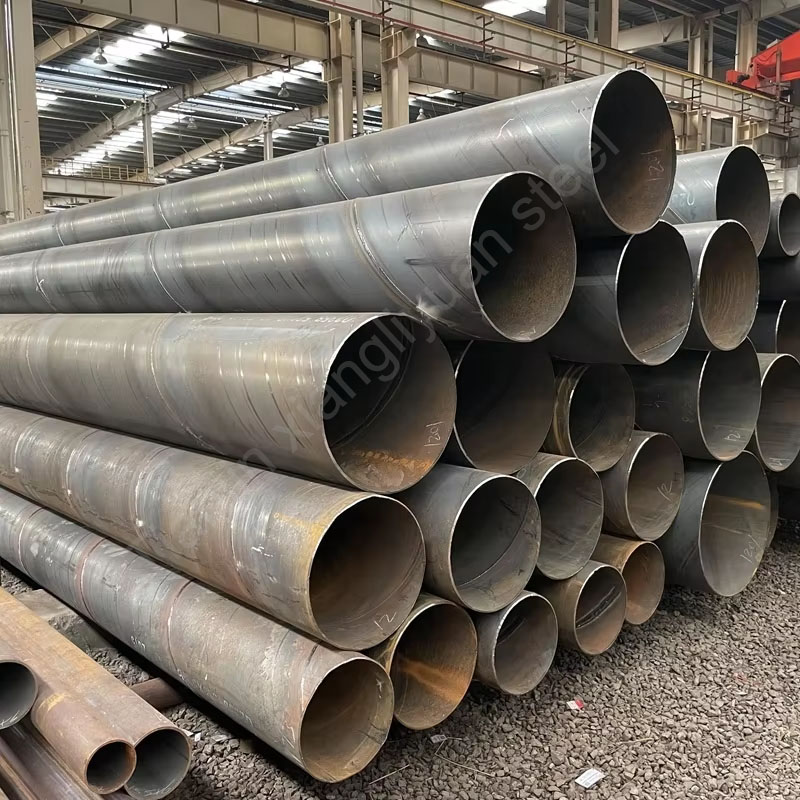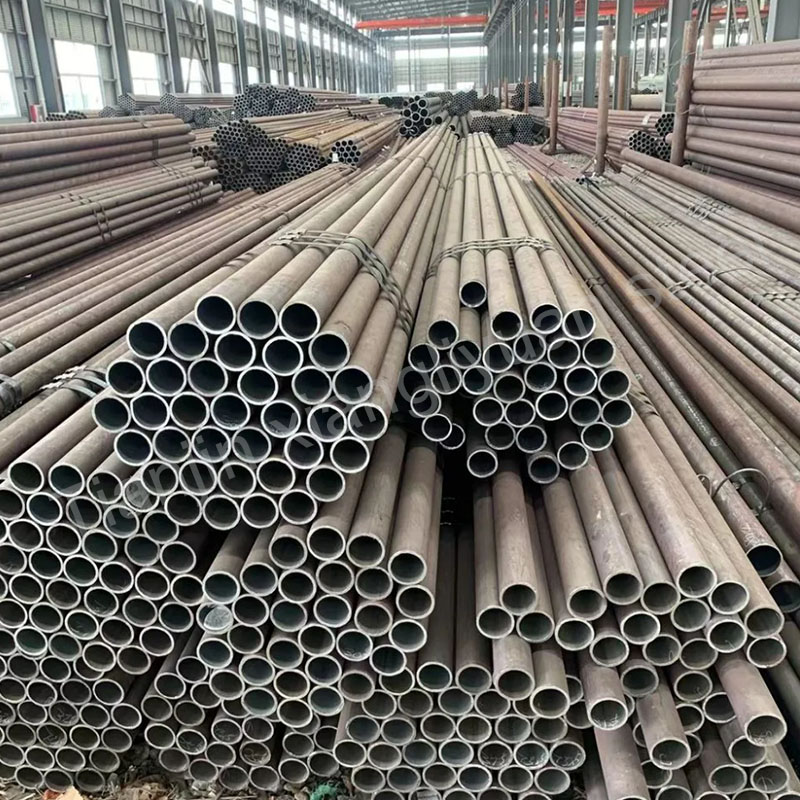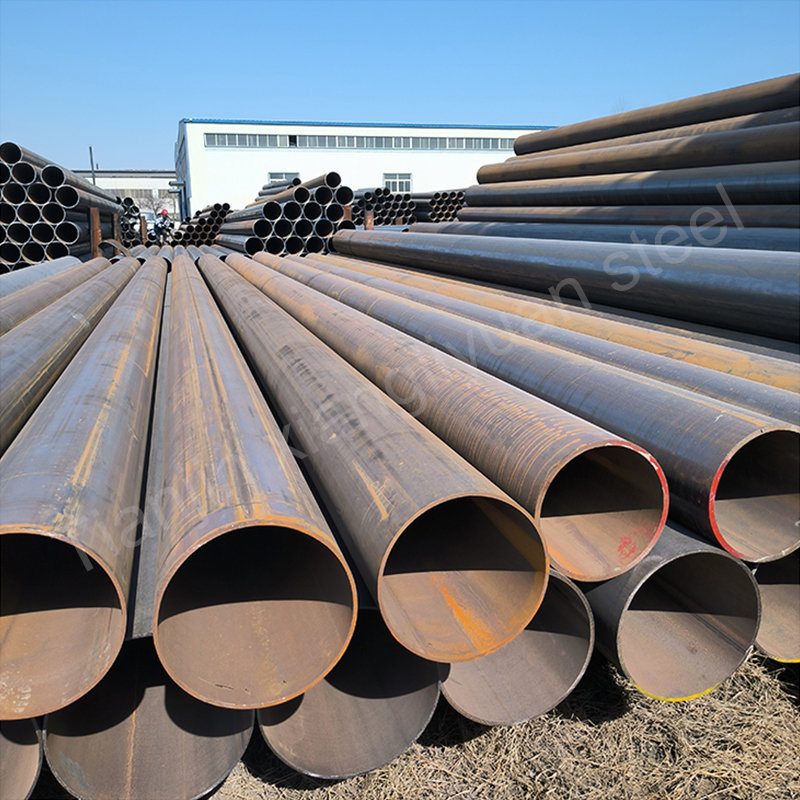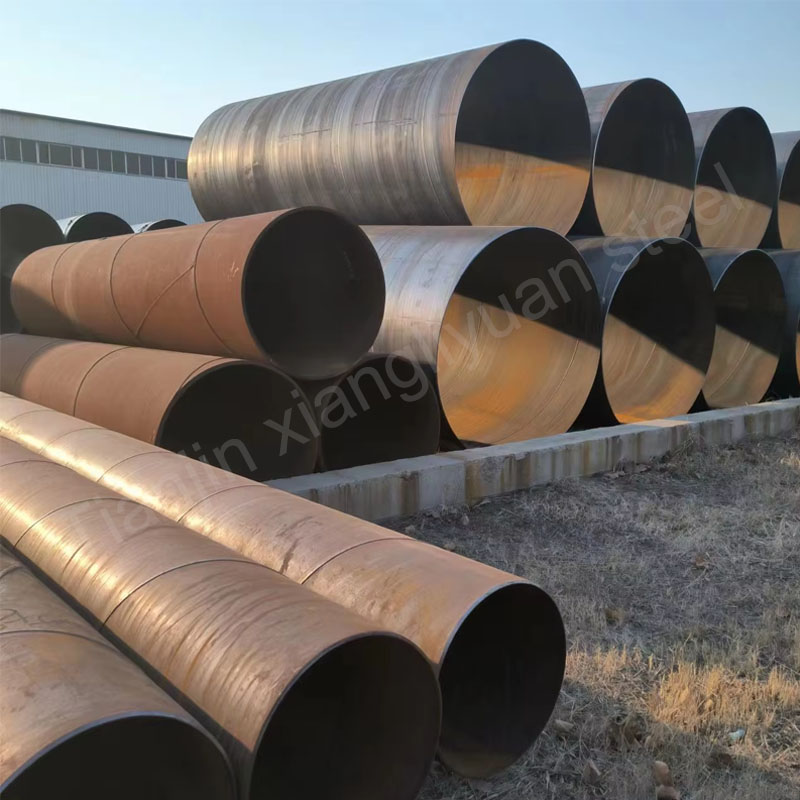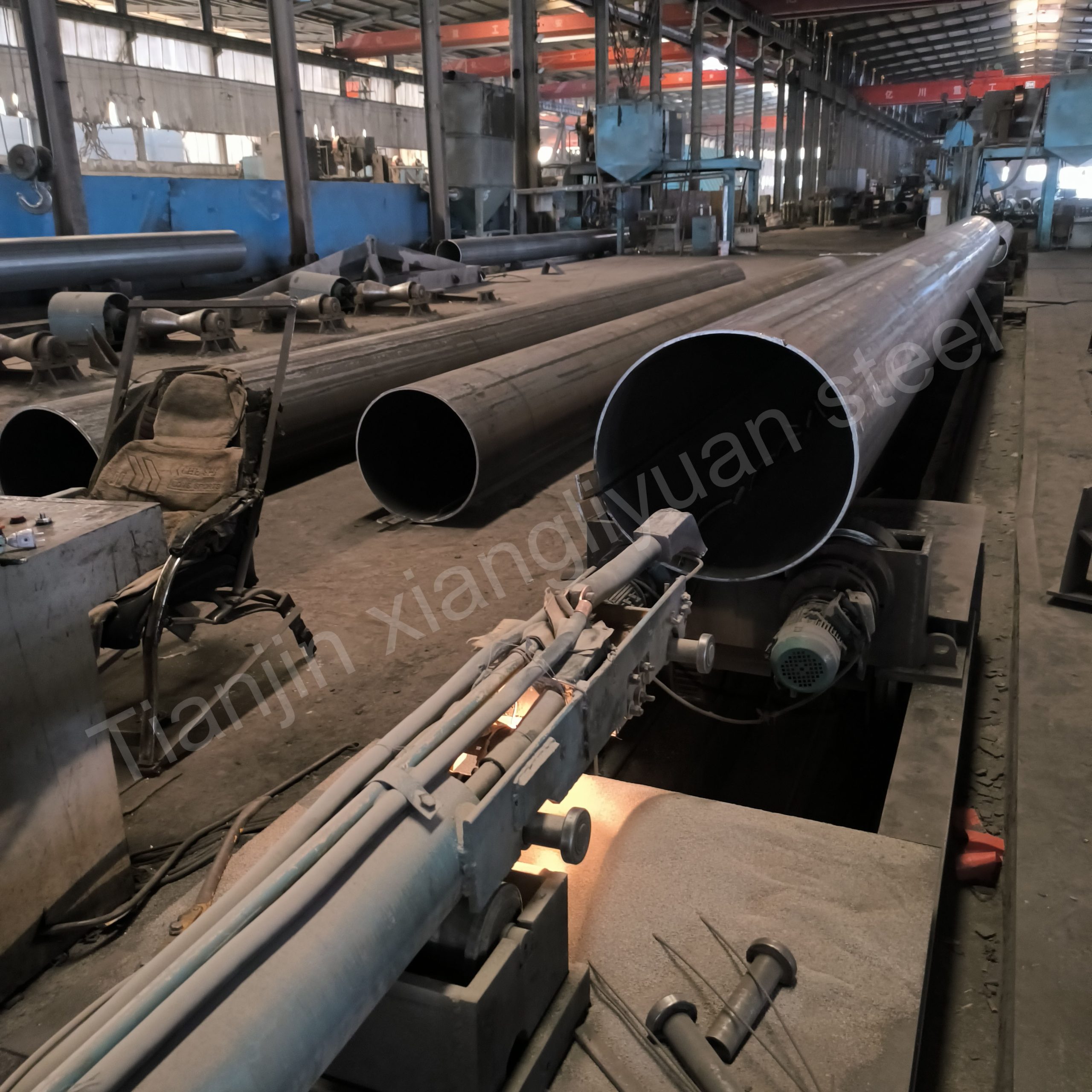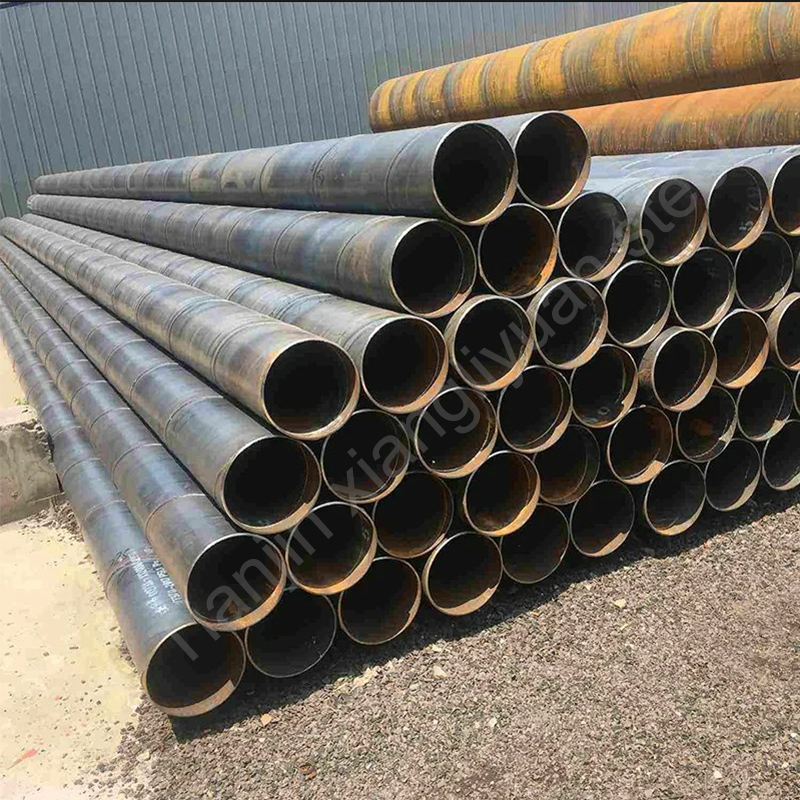The global carbon steel pipe market has undergone significant transformations since 2025, driven by evolving industrial demands, geopolitical shifts, and advancements in manufacturing technologies. As a trusted carbon steel pipe manufacturer in China, Tianjin xiangliyuan steel is committed to providing clients with data-driven insights into
High pressure chemical fertiliser pipes are critical components in modern agricultural and industrial fertilizer production systems. Designed to withstand corrosive chemicals, extreme pressures, and elevated temperatures, these specialized pipes ensure safe and efficient transportation of raw materials like ammonia, urea, phosphoric acid, and nitrogen compounds.
The global energy sector relies heavily on oil pipelines and gas pipelines to transport hydrocarbons safely and efficiently. At the heart of these systems lie seamless pipes and welded pipes, engineered to meet rigorous industry standards. This article explores the technical aspects of pipeline pipes,
In industrial pipeline systems, LSAW and SSAW are two mainstream types of welded steel pipes. Although both belong to the category of arc welded steel pipes, they have significant differences in manufacturing process, structural performance and engineering applications. 1. Essential differences in manufacturing processes 1.
I. Materials and steel grades of seamless steel pipes and welded steel pipes Seamless steel pipes and welded steel pipes use different materials and steel grades according to their uses and requirements. Common ones include: 1. Seamless steel pipes Seamless steel pipes are usually used
Welded steel pipe weld seam style and characteristics According to the weld seam form and processing technology, welded steel pipe is mainly divided into straight seam welded pipe, spiral welded pipe and other special weld seam forms (such as girth welding, spot welding). Different weld
Seamless steel pipes and welded pipes (including straight seam welded pipes and spiral welded pipes) have significant differences in manufacturing processes, performance, uses and costs. The following is a detailed comparison of the advantages and disadvantages of the two: Advantages of seamless steel pipe No
The caliber range of welded steel pipes is very wide. The specific caliber models vary according to different standards (such as national standard GB, American standard ASTM, European standard EN, etc.), but generally cover the following caliber classifications: 1. Nominal diameter (DN) Small diameter welded
The following lists the various materials commonly used for welded steel pipes, covering common international standards: 1. Carbon steel materials 1. Ordinary carbon structural steel: - Q195, Q215, Q235, Q255, Q275 (Chinese standard) - SS330, SS400, SS490, SS540 (Japanese standard JIS G3101) - ASTM A53
Welded pipe, also known as welded steel pipe, is a type of steel pipe that is formed by bending steel plates or steel strips into shapes and then connecting them into pipes through welding processes. It is a type of steel pipe widely used in

